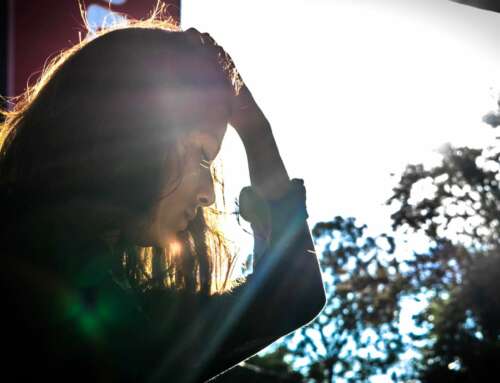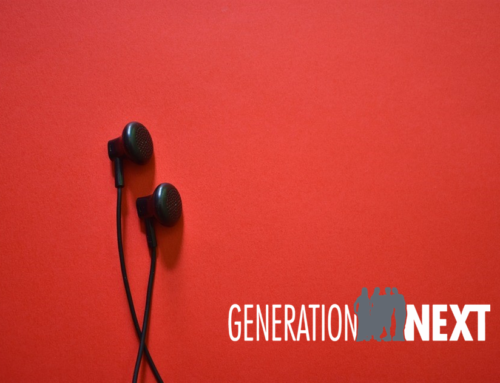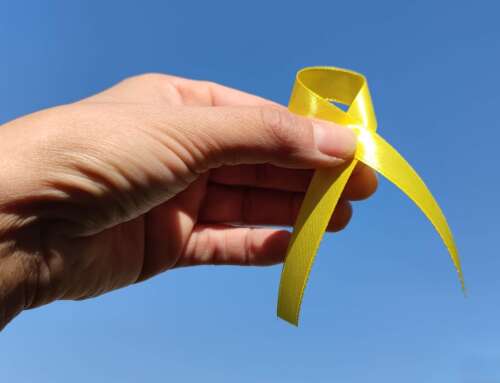More than a quarter of high school students have experienced signs of clinical depression and other psychiatric conditions, with the type of mood disorder influencing students’ risk of suicide and self-harm.
The UNSW study – published in the Journal of Nervous and Mental Disease – offers a concerning insight into the lack of mental health support adolescents are accessing, with only 20 to 25% of students with a suggested psychiatric condition saying they had sought help from a general practitioner or a mental health professional.
The anonymous survey, led by UNSW Scientia Psychiatry Professor and Black Dog Institute Founder Gordon Parker AO, asked over 1500 year 11 and 12 Sydney private school students questions relating to mood and anxiety in recent periods and over their lifetime, and collected details about their history of self-harm behaviours, thoughts of suicide and history of being bullied.
“There is predictably considerable concern about the risk of suicide in adolescents,” Professor Parker says.
“Based on the survey answers, we wanted to assess whether there were certain psychiatric conditions that put students at an increased risk of suicide and self-harm.”
The anonymous survey was carried out with the consent of parents, school counsellors and principals. Questions were based on a set of guidelines used by psychiatrists and mental health professionals for psychiatric diagnoses, including detailed criteria for major depressive disorder, social anxiety, panic attacks and post-traumatic stress disorder, while eating disorders were also assessed.
“We quantified that 26.8% of students met the criteria for major (clinical) depression, 21.5% for social anxiety disorders, and 1.0% for a bipolar disorder,” Professor Parker says.
“We also found that thoughts of suicide and previous self-harm were distinctly highest in those with a melancholic depression or bipolar disorder, in comparison to students with the other disorders or no condition at all.”
Among students who had experienced major (clinical) depression, 29% had a history of self-harm and 59% had felt suicidal over their lifetime, and of those with a melancholic depression, 50% had self-harmed and 60% had felt suicidal. Among students with responses that fit the diagnosis of bipolar disorder, 57% had self-harmed and 90% had felt suicidal.
The survey also found that there was a higher rate of suicide and self-harm history in female students: 6.5% of the boys and 19.1% of the girls had self-harmed or taken an overdose of medication, while 26.5% of male students and 33.8% of female students had thought of suicide over their lifetime.
– Ivy Shih, UNSW Newsroom
Read more: More than one in four high school students have experienced signs of depression
Image by Fernando from Unsplash
If you are experiencing distress and need support, you can contact:
For Youth:
Kids Helpline: 1800 551 800
Headspace: 1800 650 890
ReachOut: au.reachout.com
For Adults:
Lifeline: 13 11 14
Beyond Blue:1300 22 46 36.
Suicide Callback Service: 1300 659 467
MensLine Australia: 1300 789 978







Leave A Comment